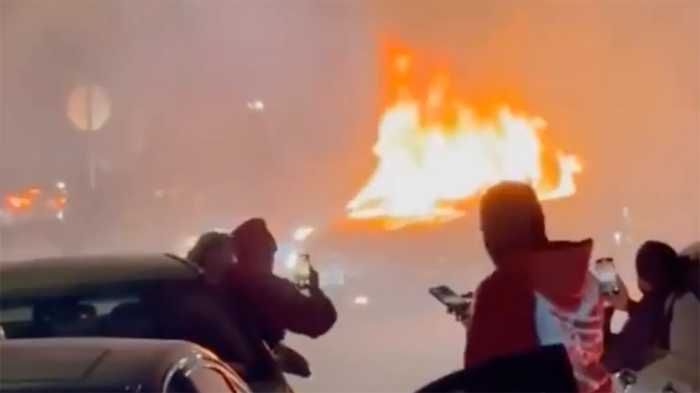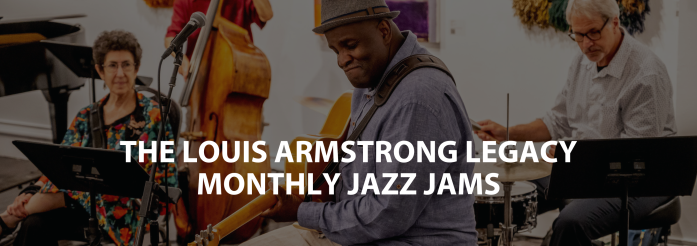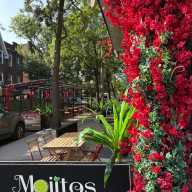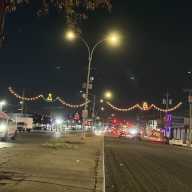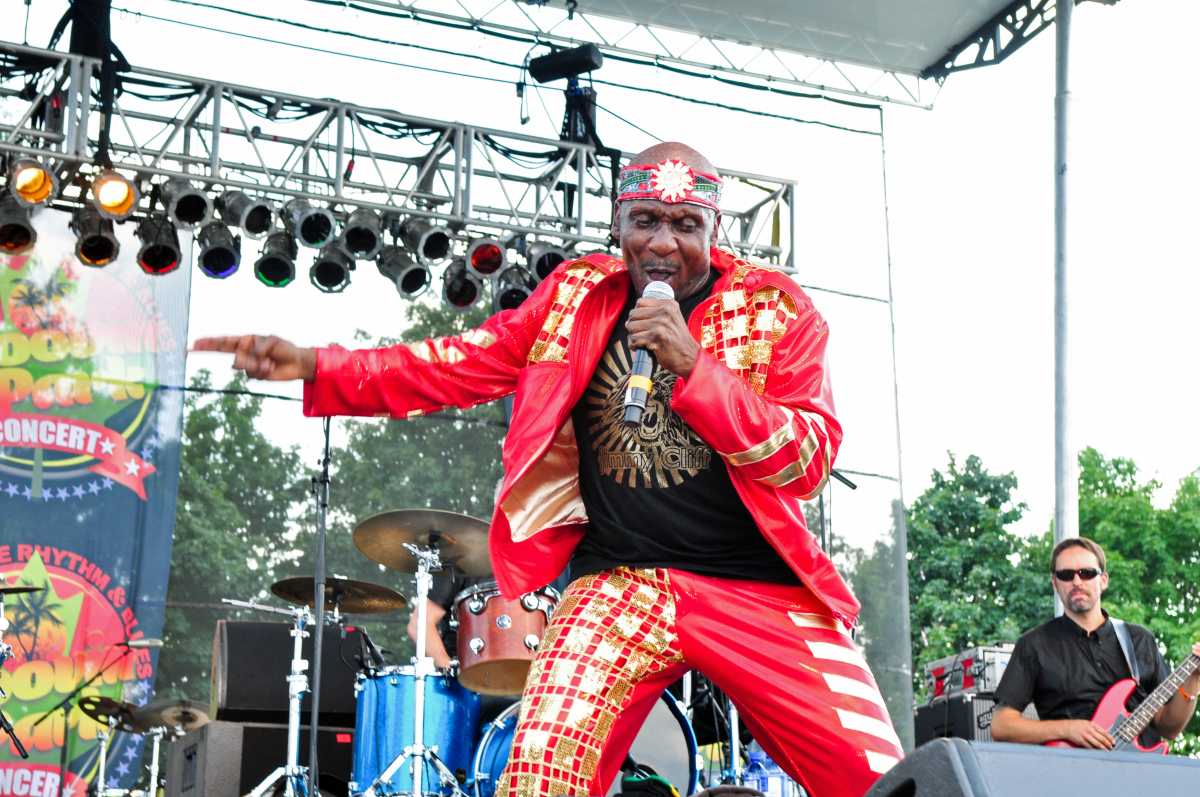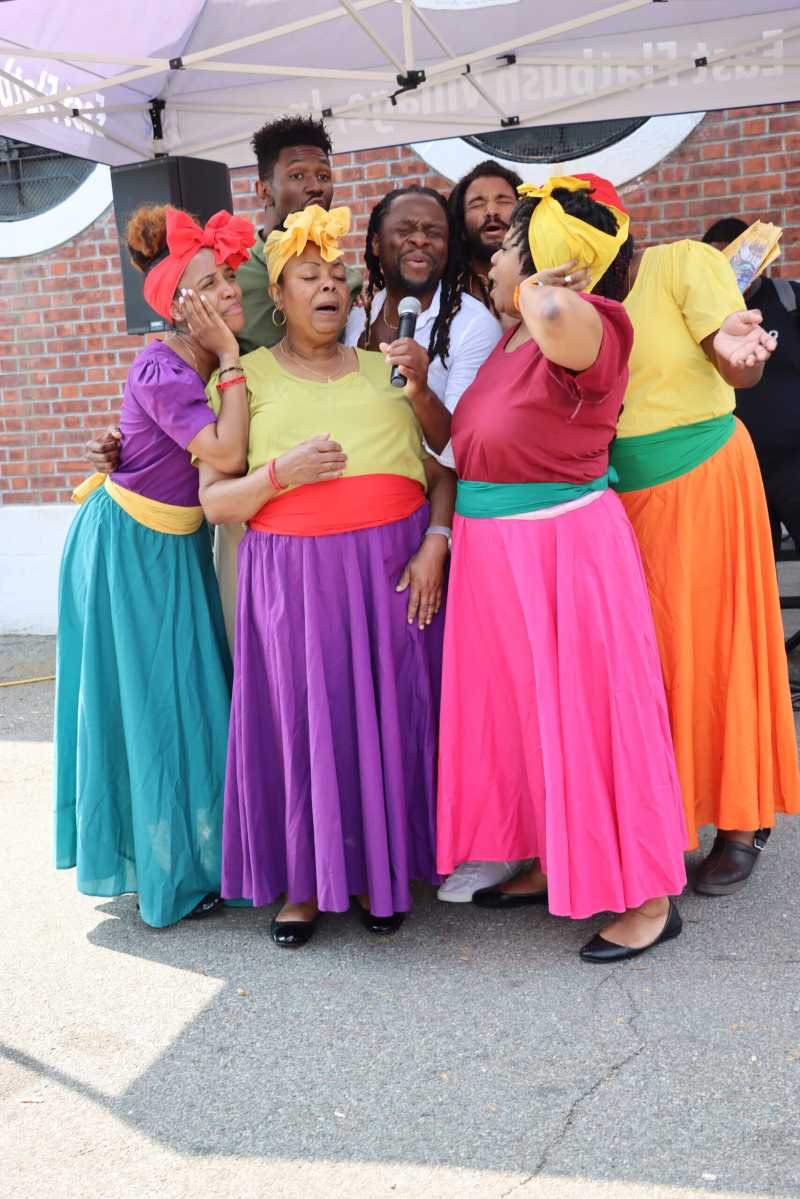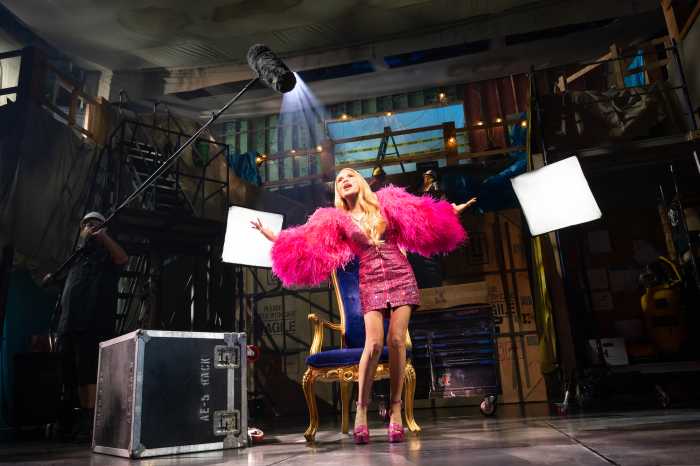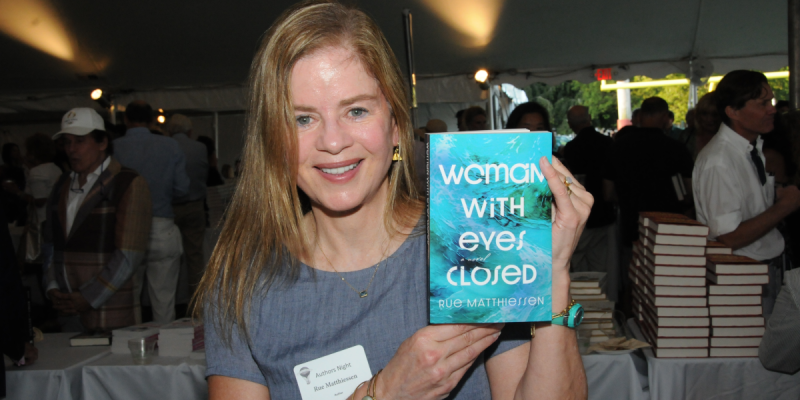We don’t often think about where our electricity comes from when we flip a switch or plug in a charger, but it powers nearly every aspect of our daily lives. It’s easy to take our electric grid for granted until something goes wrong. But the reality is that our grid is aging, overburdened, and must be modernized to keep up with today’s demands. If we don’t act now, we’re risking power outages, higher energy costs, and unreliable service.
This isn’t just a problem here in New York—it’s a national one. Across the country, much of our electric transmission system was built decades ago, designed for a time before all our devices needed to be charged, electric vehicles, and smart technology. As our energy needs evolved, our grid hasn’t kept pace. Without the necessary upgrades and build out, we could be dealing with blackouts, power failures, and an outdated system that just can’t deliver the reliable service we need.
In New York, more than 80% of our transmission system was built before 1980. Experts warn that if we don’t modernize, New York City and surrounding areas could face serious reliability issues, including blackouts, within the next eight years. This is not a distant problem; it’s something we must address now. Superstorm Sandy is a clear example of why updates to our electric transmission systems are urgently needed. Southeast Queens and the Rockaways bore the brunt of the devastation, with entire neighborhoods submerged under five to six feet of water.
Communities like mine cannot continue to endure this level of destruction without critical infrastructure improvements.
The good news is that we have solutions. Projects like Propel NY Energy, which will build 90 miles of new underground transmission, are critical to modernizing the downstate grid. But this is just one piece of the puzzle. Improvements like the $51.8 million infrastructure investment in Rosedale and the $1.2 billion Reliable Clean City-Idlewild Project are critical steps toward securing a stronger, more resilient Southeast Queens. These initiatives will upgrade essential infrastructure, improve water management, and modernize our electric grid to meet the demands of a growing community. They also bring economic opportunities, creating skilled union jobs and expanding access for local minority- and women-owned businesses. Investing in our neighborhoods in this way isn’t just about preparing for the next crisis—it’s about building a future where our families and businesses can thrive.
Upgrading our energy systems isn’t just a necessity, it’s an opportunity. A modernized system means a more sustainable energy future and a more robust economy with the creation of good-paying jobs and business opportunity.
Most importantly, we need to make sure the communities most vulnerable to energy disruptions are prioritized. I’ve seen firsthand how extreme weather and power failures impact the neighborhoods in my district, and they can not be overlooked as we invest in upgrades. Projects like the Snake Road study highlight the urgent need for infrastructure upgrades. While efforts to address chronic flooding along Brookville Boulevard are a step forward, decades of neglect have left communities like South Jamaica vulnerable. Too many lives have been lost to preventable hazards, and without real improvements, history will repeat itself. The same applies to energy disruptions, which hit hardest in low-income neighborhoods with fewer resources to recover. Prioritizing these communities in infrastructure investments is not just necessary—it’s a matter of survival.
*State Senator James Sanders Jr. represents New York’s 10th Senate District, which includes the neighborhoods of Southeast Queens such as Far Rockaway, Rosedale, Laurelton, Springfield Gardens and parts of Jamaica. A lifelong public servant with over two decades of experience, he currently serves as Chair of the Senate Banking Committee and Vice President of the National Black Caucus of State Legislators.




